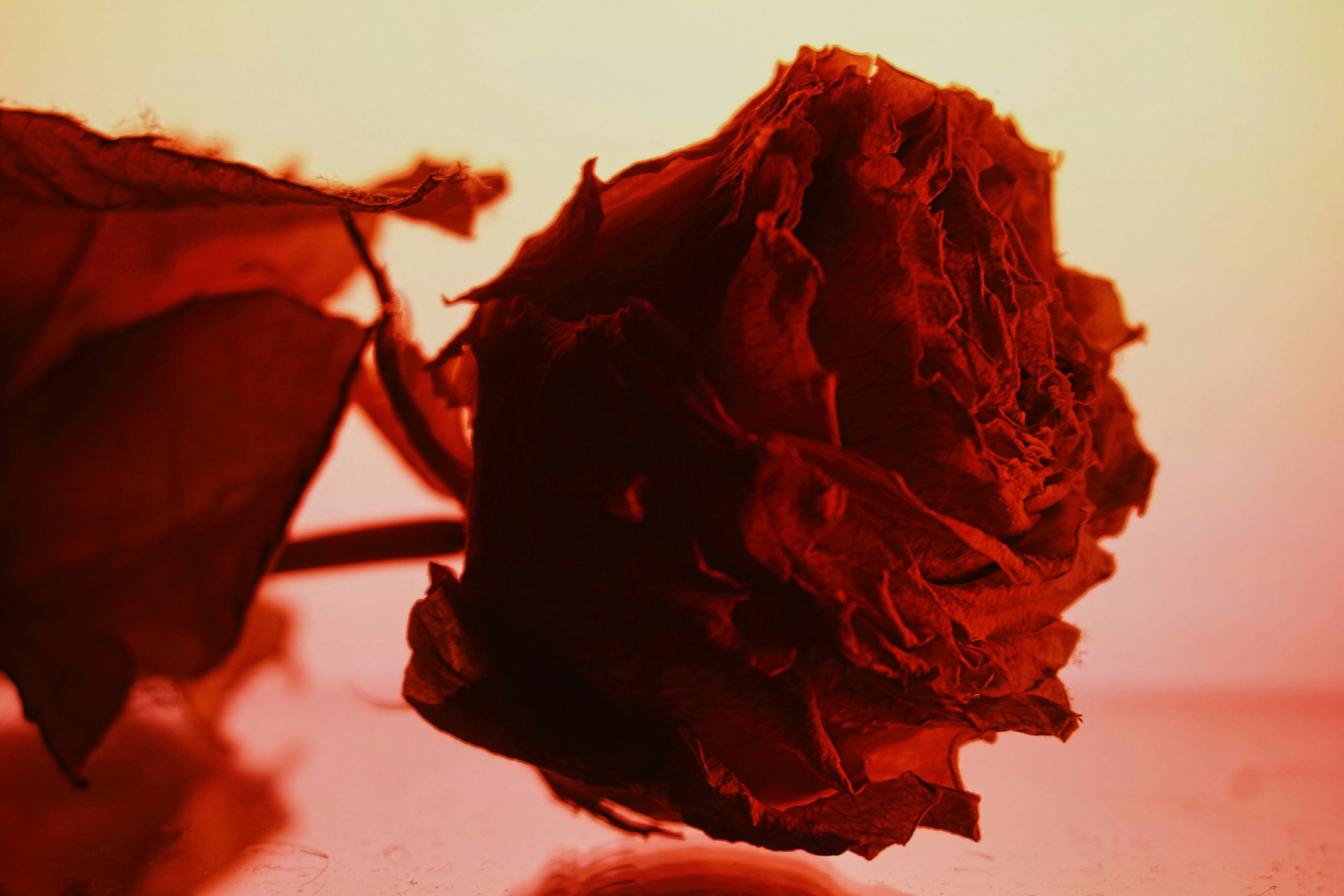Spring is a magical time in the woodlands of central and eastern North America. As the snow melts and temperatures rise, the forest floors become a mosaic of colors, thanks to the emergence of spring ephemeral wildflowers. These delicate beauties are transient, appearing briefly to soak up the sunlight before the forest canopy closes in. Whether you’re an avid hiker, a camping enthusiast, or a curious nature lover, understanding and identifying these fleeting wonders can significantly enrich your outdoor experience.
Understanding Spring Ephemeral Wildflowers
- What Are Spring Ephemerals?
Spring ephemerals are early flowering plants that bloom and set seed quickly after snow melts, taking advantage of sunlight before trees have full leaf cover. These wildflowers have a brief but critical period for life processes. The life cycle stages of spring ephemerals include emerging, blooming, and going dormant after their short-lived period of activity.
- Ecological Importance
Spring ephemerals play crucial ecological roles in their environments. They provide early nectar sources for bees, butterflies, and other insects that depend on them. Additionally, they contribute significantly to the forest’s nutrient cycle by decomposing leaves and making nutrients available in the soil just in time for other plants to absorb. By emerging early, these plants also act as indicators of seasonal changes, heralding the arrival of spring.
The Diversity of Spring Ephemeral Wildflowers
- Common Species of Central and Eastern North America
The range of species visible in this region is vast, offering a kaleidoscope of colors and forms. Typical habitats for spring ephemerals include deciduous forests, riverbanks, and moist woodlands dominated by species like sugar maple, ash, and black cherry. Some notable species observed in these environments include:
- Mayapple (Podophyllum peltatum) – Known for its umbrella-like leaves and apple blossom-like flowers.
- Trillium (Trillium spp.) – Exhibits classic three-petaled flowers and prefers moist, shaded areas.
- Virginia Bluebell (Mertensia virginica) – Displays vibrant blue clusters and thrives in wetter regions.
- Bloodroot (Sanguinaria canadensis) – Recognizable by its white petals and red latex, which has toxic properties if ingested.
- Spring Beauty (Claytonia virginica) – Known for its delicate pink to white flowers with dark veins.
Identification Tips for Common Species
- Visual and Structural Cues
Identifying these ephemeral flowers can be a delightful yet challenging pursuit. Certain traits help in recognizing them:
- Petal counts as identification trait: Counting the number of petals can be critical in distinguishing between species.
- Color patterns in wildflower species: Observing color variations and specific markings can provide vital clues.
- Leaf shape and arrangement: Checking the form and placement of leaves offers additional identification cues.
- Unique features: Traits like specific scents or markings can further aid in differentiation.
- Top 5 Spring Ephemerals to Look Out For
- Bloodroot (Sanguinaria canadensis): Distinguished by its white petals and yellow center.
- Trout Lily (Erythronium americanum): Noted for its mottled leaves and yellow blossoms.
- Dutchman’s Breeches (Dicentra cucullaria): Recognizable by its unique, pants-shaped flowers.
- Virginia Bluebells (Mertensia virginica): Known for their vibrant blue clusters.
- Spring Beauty (Claytonia virginica): Small white or pinkish flowers with fine pink stripes.
Enhancing Your Outdoor Experience
- Why Identification Matters
Being able to identify these ephemeral wildflowers enhances your appreciation for the vibrant biodiversity around you. Understanding the ecological roles of spring ephemerals encourages conservation efforts, helping to maintain the delicate balance of forest ecosystems.
- Tools and Resources
Several tools can assist you in your wildflower identification journey:
- Field guides and mobile apps: Resources like iNaturalist and PlantNet provide visual aids and detailed information.
- Online videos and tutorials: For a comprehensive guide, check out [Watch the video here: https://youtu.be/T1qBzcZE4WI](https://youtu.be/T1qBzcZE4WI).
Share Your Favorites!
- Community Engagement
One of the joys of discovering spring ephemerals is sharing your findings with others. We invite you to share your favorite spring ephemeral wildflowers, along with photos and experiences. Join the conversation in the comments section or on our social media platforms.
Spring ephemeral wildflowers are nature’s brief yet spectacular gift to the woodlands of central and eastern North America. By learning to identify these botanical gems, you can fully appreciate the intricate beauty that heralds the start of a new season. So, pack up your gear, head out into the woods, and let the subtle charm of these wildflowers captivate you.



